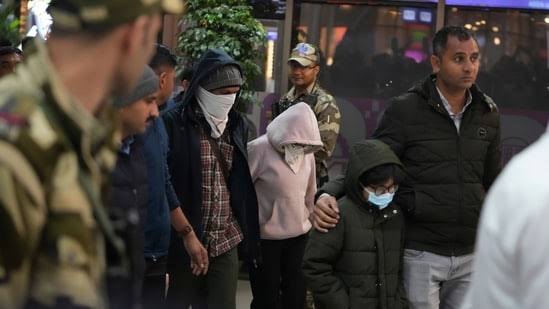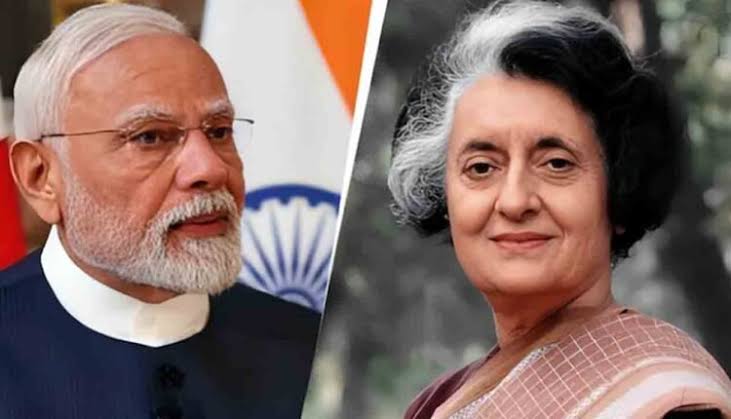A group of 33 Gujarati immigrants, including women and children, who were among the 104 Indians deported from the United States for illegal immigration, arrived safely in Ahmedabad on Thursday morning. Their journey from Amritsar was carefully coordinated by state authorities, ensuring their secure transportation to their hometowns in government vehicles under police supervision.
 The deportation process, which saw 104 Indians being flown back on a U.S. military aircraft a day earlier, prompted swift action from Gujarat’s Chief Minister Bhupendra Patel and Minister of State for Home Harsh Sanghavi. They instructed senior officials to collaborate with various agencies to manage security and logistical arrangements. Upon landing in Amritsar, the deportees underwent thorough verification and immigration clearance before 33 of them were flown to Ahmedabad.
The deportation process, which saw 104 Indians being flown back on a U.S. military aircraft a day earlier, prompted swift action from Gujarat’s Chief Minister Bhupendra Patel and Minister of State for Home Harsh Sanghavi. They instructed senior officials to collaborate with various agencies to manage security and logistical arrangements. Upon landing in Amritsar, the deportees underwent thorough verification and immigration clearance before 33 of them were flown to Ahmedabad.
To oversee their safe return, Gujarat Director General of Police Vikas Sahay appointed a Deputy Superintendent of Police (DySP) to coordinate operations at Amritsar airport. A police-nominated nodal officer was also stationed at Ahmedabad airport to facilitate their arrival and ensure a smooth transition to their respective homes. The entire process was carried out with strict adherence to security protocols.
The deportation of Indian immigrants from the U.S. is not a new occurrence. Addressing concerns in the Rajya Sabha during the Parliament Budget Session, External Affairs Minister S. Jaishankar provided clarity on the matter. He stated that deportations have been a standard practice for years, with over 15,668 Indians being sent back from the U.S. since 2009. He explained that the procedures followed by U.S. Immigration and Customs Enforcement (ICE) have remained largely unchanged since 2012, ensuring that women and children are not restrained during transit and that deportees’ needs, including food, medical care, and toilet breaks, are attended to.
However, some deportees who arrived in Amritsar shared distressing accounts of their journey, alleging that they were shackled for the entire duration of the flight, with restraints only removed after landing. Among those sent back, 37 were aged between 18 and 25 years, while another 30 were in their thirties. Some had barely spent a few days in the U.S. before being detained, while others had been in custody for several weeks.
Jaishankar reiterated that the deportation process carried out on February 5, 2025, followed the same procedures as previous instances, emphasizing that no changes had been made. While deportations remain a difficult reality, the Indian government continues to ensure the safe return and well-being of its citizens, working closely with international authorities to manage the process as humanely as possible.




